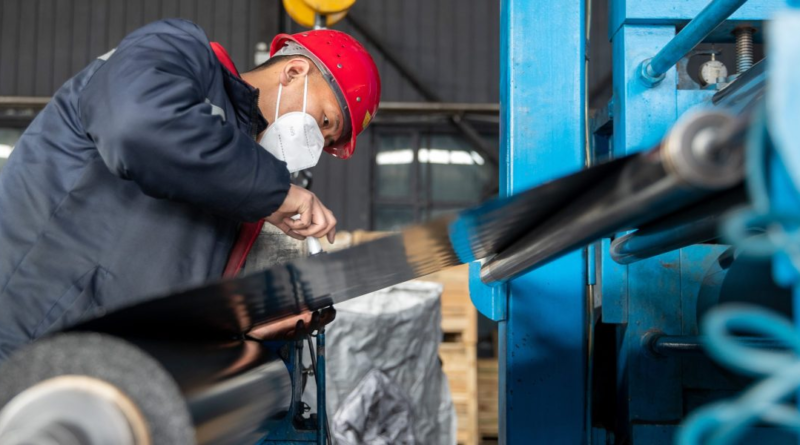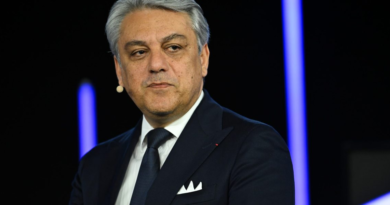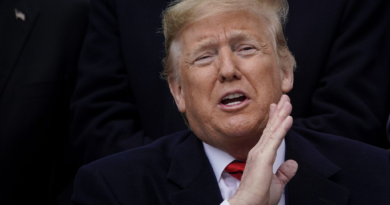China’s export restrictions on critical minerals are threatening the viability of EV makers–and forcing them to innovate
American policymakers and automakers just got a big wake-up call with China’s announcement that it will require a special export license for battery-grade graphite, effectively restricting exports. While other critical minerals such as lithium and cobalt receive more attention, graphite is equally essential for the manufacture of batteries for electric vehicles, and the Chinese government currently controls more than 90% of the world’s supply. Not only should the U.S. work to secure more reliable supplies of graphite to build a domestic battery supply chain and meet our clean energy goals but we must also prioritize innovative battery materials that improve performance and eliminate dependence on unstable supply chains.
Even before China’s most recent move to restrict exports, EV battery supply chains were under growing pressure. By 2035, global demand for graphite will require 97 new mines and more than $12 billion in capital for new mining projects. While the U.S. and our allies should invest in capacity for battery-grade graphite, it is unlikely the U.S. will meet the growing demand for battery materials through new mining alone. It can take several years to identify, prepare, and start a new mine. We have no choice but to invest in innovative battery materials.
Policymakers are already working to build domestic battery supply chains. Through the Bipartisan Infrastructure Law, the U.S. Department of Energy established the Office of Manufacturing and Energy and Supply Chains (MESC) last year. In turn, MESC has announced billions of dollars of investments in the battery supply chain, including next-generation alternatives to graphite such as nano-composite silicon. Produced domestically, these materials will play a vital role in insulating American automakers from the unpredictability of overseas graphite sourcing.
More than just a simple substitute to reduce dependence on Chinese supply chains, silicon offers significant performance improvements over legacy materials. This makes longer driving ranges with shorter charge times possible, addressing two key concerns for prospective EV buyers.
This isn’t to say we can move entirely beyond graphite–at least in the near term. To meet the growing demand for EVs in the coming decade, we’ll still need all the graphite we can get.
U.S. policymakers should embrace market signals that encourage both the onshoring of existing materials and innovation to develop new materials.
As a first step, the revised 30D Clean Vehicle Tax Credit passed as part of the Inflation Reduction Act includes domestic and allied sourcing requirements for the production of battery materials and prohibits content from Foreign Entities of Concern. While this is a solid foundation, 30D does not address the entire clean vehicle value chain. Other market signals are also important, including Senator Bill Cassidy’s foreign pollution fee, which would incentivize clean manufacturing and strengthen trade partnerships with America’s allies.
In the meantime, automakers are moving quickly to secure stable supplies of critical minerals. Auto giants in the U.S. and Europe are already collaborating with innovators on joint research and development for EV batteries. Here too, time is of the essence. While it can take many years to open a new graphite mine, manufacturers who accelerate their transition to next-generation materials will be able to take advantage of relatively limited short-term supply.
America’s role as a global leader in manufacturing, innovation, and the clean energy transformation depends on the security of our industrial supply chains. To outcompete China while delivering higher-performing electric vehicles to market, we must leverage innovative, domestically produced battery materials that leapfrog the status quo–and free us from the impact of restrictive trade policies.
China’s restrictions on graphite exports are a clear wake-up call for policymakers, automakers, and investors. It’s time to redouble our support of next-generation graphite. American innovators are already on the job.
Gene Berdichevsky is the CEO of Sila.
More must-read commentary published by Fortune:
The opinions expressed in Fortune.com commentary pieces are solely the views of their authors and do not necessarily reflect the opinions and beliefs of Fortune.




